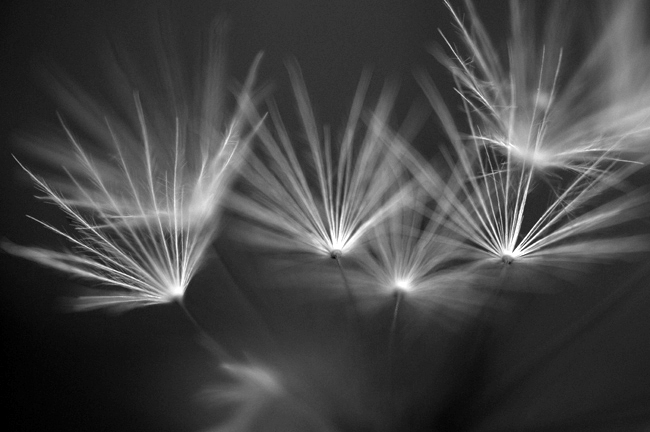March 30, 2014
Photography is a run and gun exploitation of the now. Shoot without thinking, capture the moment no matter what it is, be first on your block to post and reap the benefits of more followers. This throw yourself at others and at the world is narcissistic. We shoot to see if something sticks to the pop culture posting board and then you hope it will go viral and you will make a fortune and life will be good.
Photography should be purposeful, illuminating your subject in a way that expresses in visual content an inner landscape, that gives the viewer an insight into your inner being. Photography is an expression that adds to the conversation concerning the lives we lead. It does not degrade life by careless subject matter that exposes the raw sloth of the human condition for more clicks on a media site. We all know that life is moving fast. To be distracted by these redundant copycat images (that are so profuse now in the market place) it is hard to sift through the clutter to find an original expression, a unique vision of someone's true life.
Not everything can make a good photograph. The substance of an image is character. An image gives us a glimpse of what is first unknown, but now revealed. Someone's inner world brought forth to connect with the viewer on a deeper level.
Real life is growing and maturing and delving deeper into your experiences. Finding some harmony between your inner and outer world. We seem to live in a shallow life of distractions without purpose. Posting the minutia of your daily routines and hoping for approval. Nowadays, if you were to give life a purpose, it is to try and capitalize on your seconds of trite expressions to others. Never seeking a deeper meaning that is waiting to be discovered. Never wanting to seek a different expression that has substance. Now the shallow expression is king.
We might think we are expressing an image with substance, but really what is the purpose and the effect of this image being posted on a social media sight? Is it to express your deep connection to the subject and your wish that others share your underlying feelings? Sometimes, yes. But more often we are hoping for a few likes or maybe a comment or two that expresses empathy for your photo record. And if you don't get any responses, are you then sad that your image was discarded and never fully appreciated? Do you feel lonely and sad that no one understands you or likes your life?
Social media is advertising pure and simple. You become shrills for those moments in your life you were never meant to share and you react to the response like ad agents doing the sales history books. "This worked so let me post more of the same... And if I get more looks and likes then I can show ads on my site and make pennies on the dollar"...doing the same old tired thing. Your happiness depends on the reaction to your post and not the intent of the post. Or maybe the reaction to your image post whether good or bad is your intent. In order feel alive we need a response any response to our existence. If you post something sad you might get a reaction of empathy. If you post a happy image you will get a happy response. We think this is a connection but it is just a click on someone elses web site without background information to fully understand the purpose of the image. We connect now on a shallow playing field, where redundant automated responses are welcome to verify our lives as useful and meaningful.
But this doesn't get to who you are and what is your drive and goals in life. We all want to be seen and heard, that is life's necessity. Without others, we would go mad with the sounds of our own inner mosaic, as Minor White expressed it, "The sound of one hand clapping."
As we lose our status through economic loss, we are tempted through needy desires to be visible to this physical world in some capacity. Social Media is waiting to accept your information greedily, and exploit your images and words for its own profit. We give ourselves away and then wonder why we continually feel, in some hidden corner of our brain, that we are being used.
This ordinary life we try and lead now, was a revolution from the abstract concepts of good and bad dictated to us through religion and men of power in the earlier centuries (1600's to the 1800's).
A transition from top down management to the people becoming aware of their purpose and their dignity internally. While braking away from the remote ideals of authority that give us glimpses of a perfection that we can never fully grasp or understand, therefore, we could never really live up to. We now know that we have a dignity and a responsibility to live a life, and create a better world for all in the here and now. Through marriage, raising children, morals and ethics we find purpose in our lives and work hard to find our calling.
But now a new master has risen and it is working overtime to exploit the resources and energy of the masses for profit....
Erick Kahler, the philosopher said "This thoroughly collectivized capitalism is not likely to rescue our world from peril of becoming a total collective; it is, on the contrary, training the people for it. Capitalism has ceased to help us to human ends. No longer does the adventure of personal success carry a general, pioneer meaning. It has become a purely singular, private striving for material advantages, money, objects, status and influence. The degeneration of the American drama is pathetically pictured in Scott Fitzgerald's, Great Gatsby and in Arthur Miller's, Death of a Salesman."
What we see on social media sights is this sanctity of life reduced to images of absurdity, which were never meant to be exposed to the world. When we see them we react to the craziness and laugh at the absurdity of this world. We disconnect from our own purpose in life and are diverted from our own personal expressions that are waiting to be unearthed. We have been lead astray from the creation of our own life's powerful message.
This flippant disregard for the sanctity of the ordinary life is continually undermined by the overexposure of content that is nonsensical, and as we see more and more of this absurdity in everyday life broadcasted on the web, life itself loses its value.
We seem to love distractions, especially in this hyper economic depression. We are overwhelmed by meaningless tidbits of knowledge that we share almost on remote control as conversations become redundant news clips and our lives get further and further away from us.
Social media discord misinforms us, makes our lives less real, more agitated without taking action to control our own lives. No longer do we hear our voices talking to each other with inflection and feeling.
All this useless counter productive information keeps us insulated from our real world. We are the new gods witnessing the human misery and madness from above. Looking down at our hand held device instead of looking at someones face and into their eyes.






















































